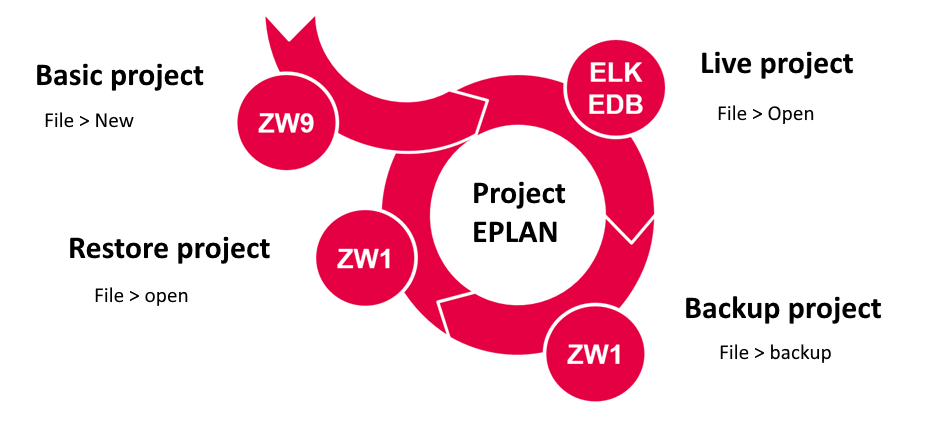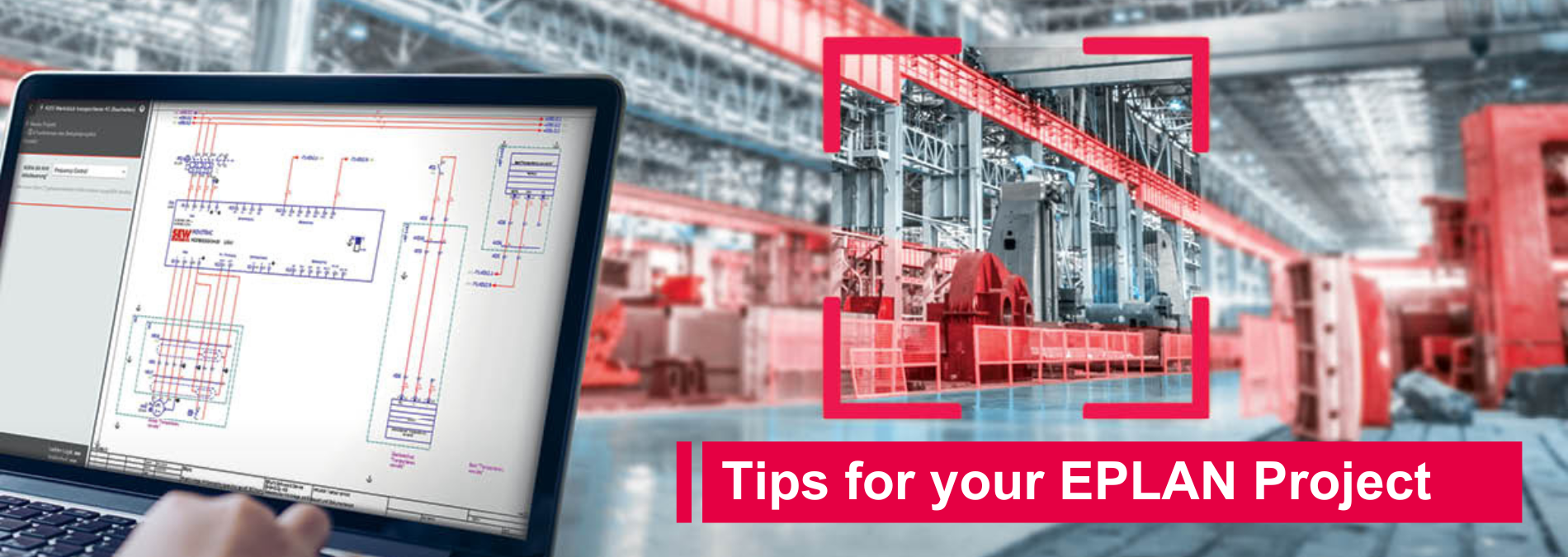Author
 Simon Knibbs
Simon has been working at EPLAN UK for 3 years as an EPLAN Applications Engineer. He started his career in building, services, and moved on to designing and programming early robotics. He then became involved in mechatronic design and PCB layout. Since joining the CAD industry he has always been at the forefront assisting customers. He is a great advocate of value for money and hates to see customers’ investments underutilised through lack of knowledge, configuration skills or investment. He is a firm believer that a consultant’s role is to aid the customer in doing things better, easier and faster. So automation, standardisation and integration into other workflows are his interests.
Knibbs.S@eplan.co.uk
Simon Knibbs auf LinkedIn
Simon Knibbs
Simon has been working at EPLAN UK for 3 years as an EPLAN Applications Engineer. He started his career in building, services, and moved on to designing and programming early robotics. He then became involved in mechatronic design and PCB layout. Since joining the CAD industry he has always been at the forefront assisting customers. He is a great advocate of value for money and hates to see customers’ investments underutilised through lack of knowledge, configuration skills or investment. He is a firm believer that a consultant’s role is to aid the customer in doing things better, easier and faster. So automation, standardisation and integration into other workflows are his interests.
Knibbs.S@eplan.co.uk
Simon Knibbs auf LinkedIn
How to start an EPLAN project
You can create a new project and restore an existing one from a backup using File > New.
When selecting the project name, avoiding diacritics, spaces, and other non-standard characters is important. This is because the files on the disk will be created using the chosen name. While the project name can be displayed in the frames, it's not typically done. Instead, other project properties, such as customer information, project information are used.

The location of the project can also be chosen arbitrarily and, unlike other data (frames, forms, symbols, etc), it does not have to be in the standard directory, which is represented here by the $(MD_PROJECTS) path variable. This, and other path variables, can be inserted from the context menu (right mouse button).
The choice of the basic project is the most important field here. This is because the base project holds all the project settings, such as structures, reports, and more, it also contains symbol libraries, form frames, and other master data. It can also contain, for example, pre-prepared standard pages. Each company should have its own basic project prepared, which will be set according to specific requirements, and will have, for example, pre-filled project properties.
| Note: EPLAN version up to 2.9 SP1 used a template (EPT) in addition to the basic project. This differs from the basic project in that it does not contain master data, but EPLAN downloads it from the set directories when the project is created. |
The last two fields with the date of generation and the creator should be remembered that they are subsequently unchallengeable. Therefore, it is a good idea to select the company name as the creator and select the field for stamps (as drawn/processed/approved) directly as properties of specific parties.
Data Formats
When working with an EPLAN project, you will come across several data formats. The "live" EPLAN project, i.e. the one you’re currently working on, is opened using an ELK file. However, this file is only a kind of link and does not contain any project data. This is stored in a directory that has the same name as the project and is in the same folder, but has the extension EDB.

In direct connection with the EPLAN project, we can still encounter the suffixes ZW1 and ZW9. These files are very similar, but each is used for a different purpose and in a different part of the workflow.
ZW1 file
A ZW1 file is a project backup that is used if you want to save a project in a certain state, send it to colleagues, or back it up and finish working on it. When you receive a file with this attachment to continue with the project, you open it just like standard ELK from the File > Open men
| Note: This function does not open the ZW1 file directly but will restore it and create a "live" project (ELK + EDB). The next time you open it, use the ELK file. Otherwise, the project will be restored again from the backup and the changes will be overwritten to the original backed-up version!!! |
ZW9 file
The ZW9 file also contains complete EPLAN project data. So, what makes ZW1 and ZW9 different? In terms of data, these are identical files - both are packaged EPLAN projects. However, ZW1 signals that it is a backup of a contract project, some specific technology or machinery. ZW9 is not a project of any specific order, but part of the master data. An "empty" project that contains all the settings and data needed for designing (symbols, forms, frames... but also standard pages, etc.). The ZW9 is a project template, the starting point of your EPLAN project.
Our training courses help you to use the EPLAN software more effectively.
Find out more about the EPLAN Training Academy:



Comments